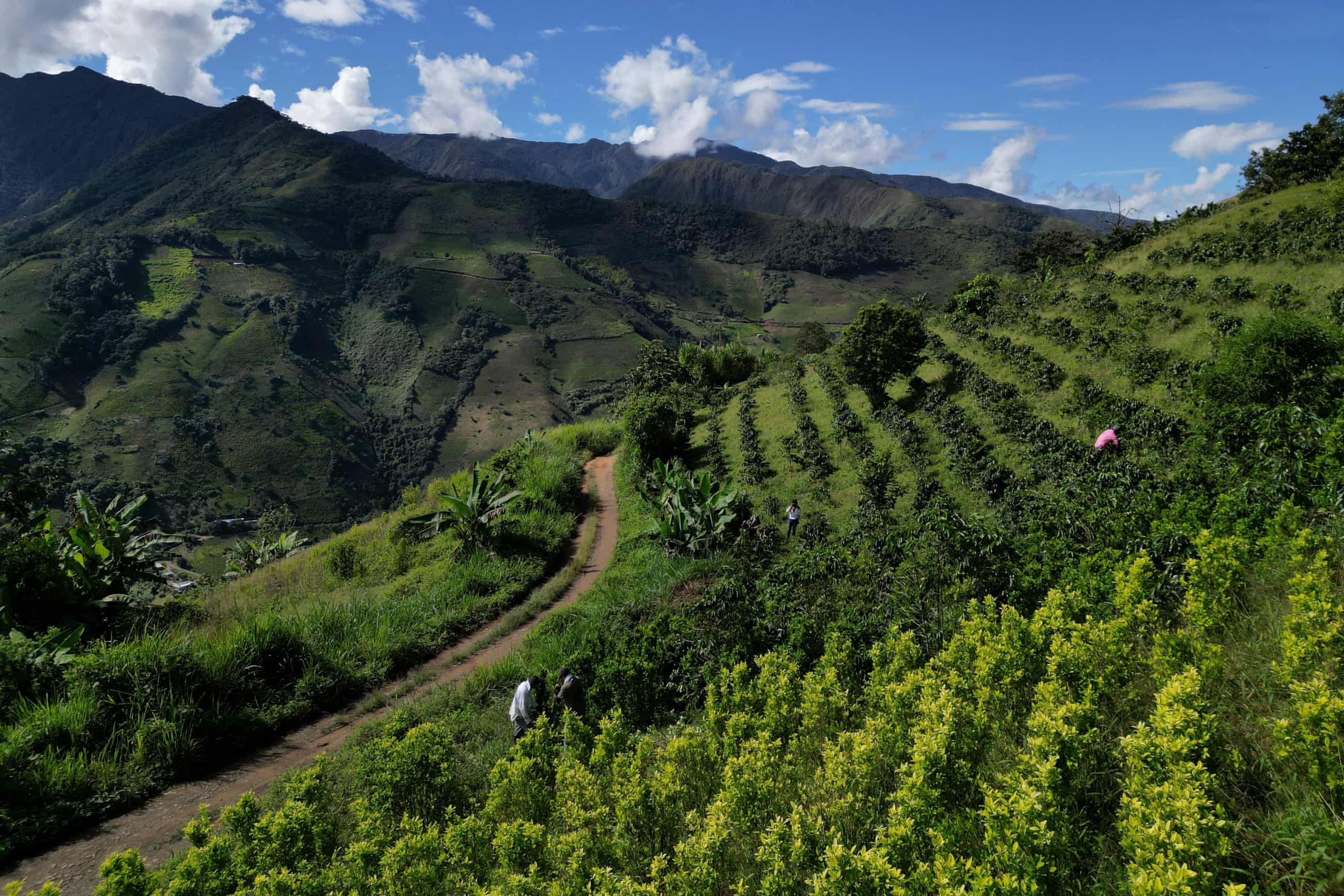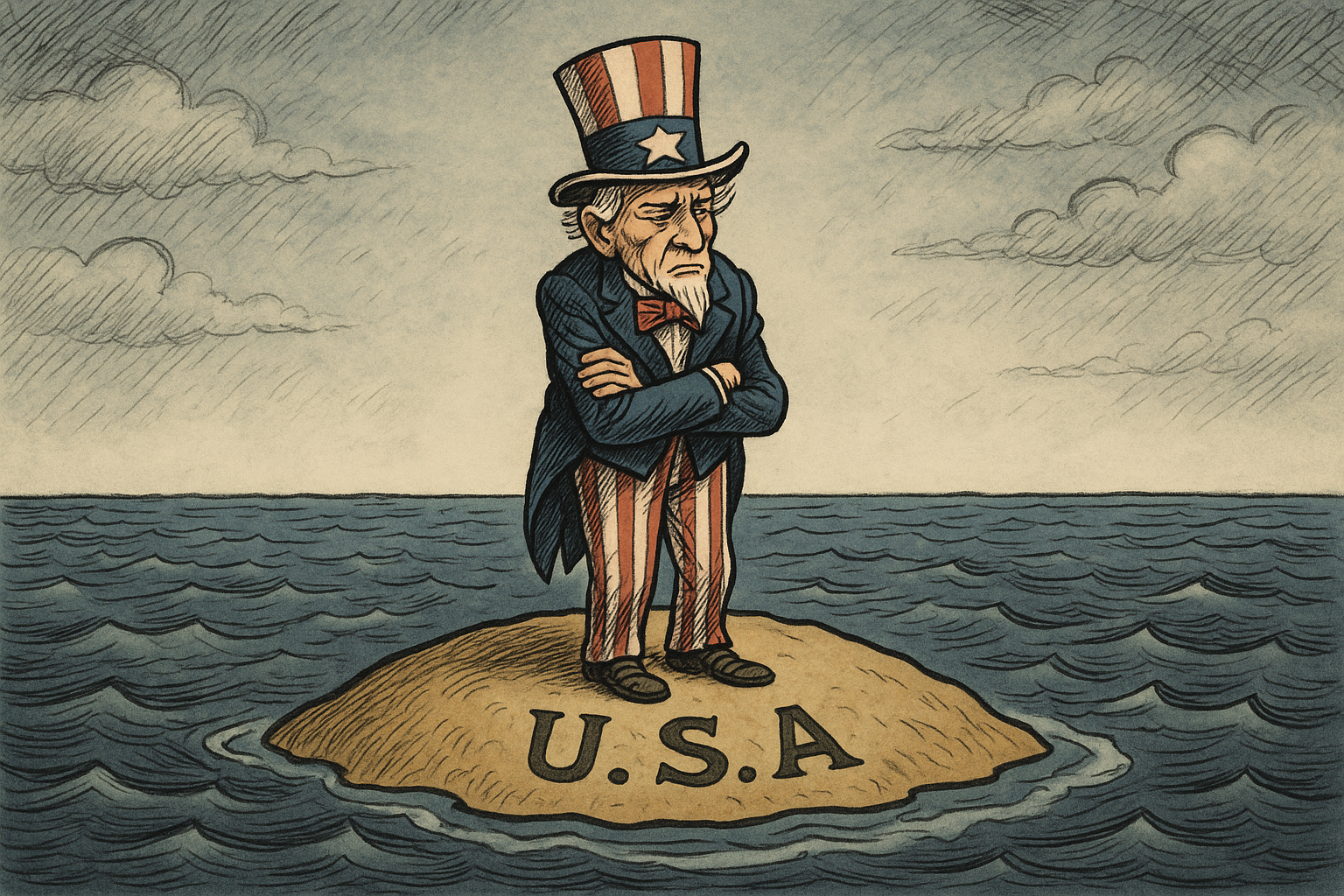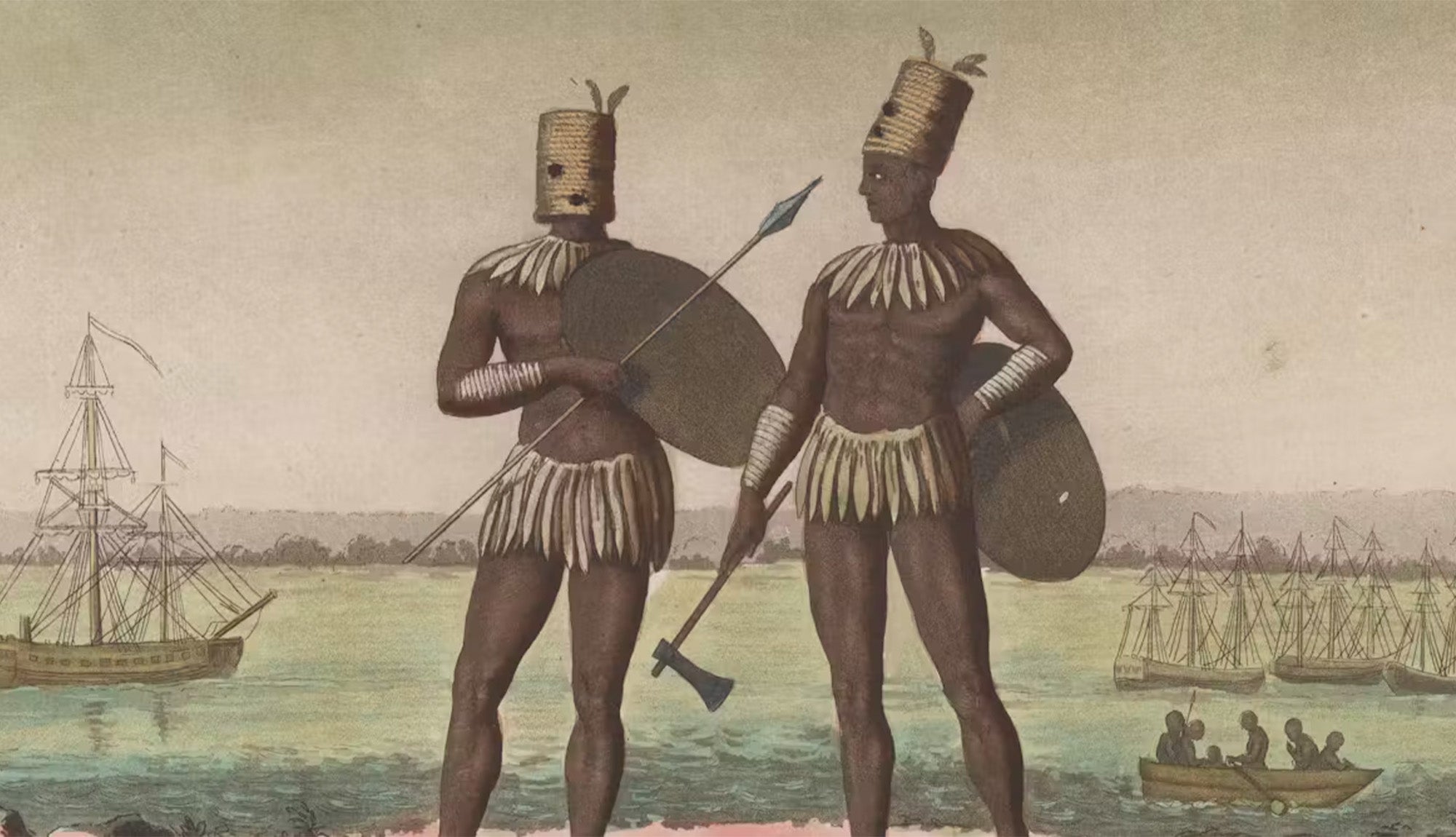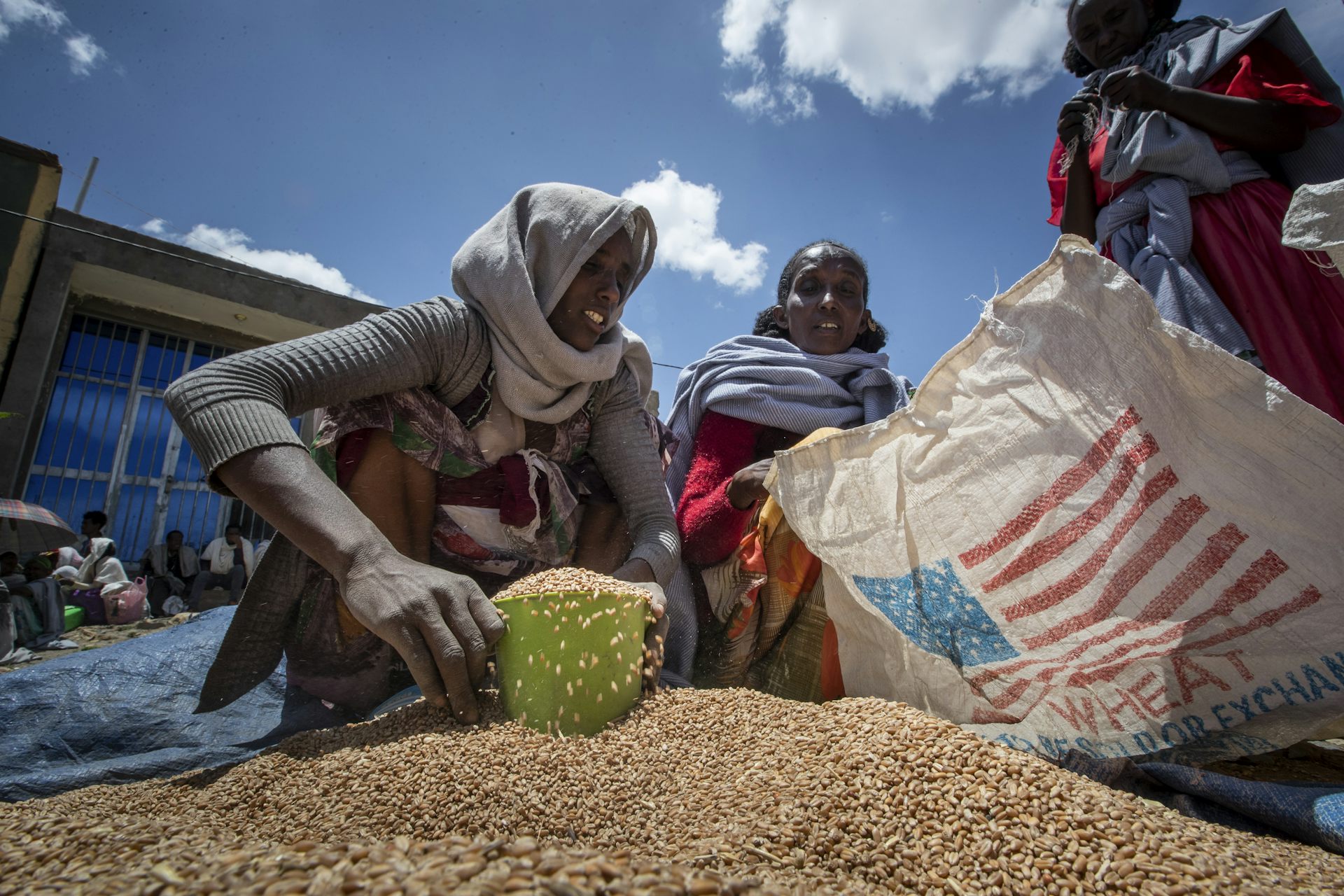The South American country has been in the headlines lately, but let’s not forget its captivating topography, which unfortunately, contributes to its challenges. With cocaine production at an all-time high, Colombia’s government is testing a pacific approach to its narcotics problem: paying farmers to uproot crops of coca, the drug’s main ingredient – All photographs...
World
Global Anxiety and the Security Dimension: From Personal Despair to Political Violence
In our May analysis, The Silent Epidemic: America’s Growing Anxiety Crisis, we explored how uncertainty and despair—born of economic insecurity, social isolation, and widening inequality—have fueled a striking surge in anxiety across the United States. Yet this mental-health crisis is not confined by borders. Across the globe, societies wrestling with depression, poverty, and disillusionment are...
In the Guatemalan Jungle, Vivian Suter Paints the Beauty That Surrounds Her
Ahead of a major solo show at Palais de Tokyo in Paris, the artist welcomes Art Basel to her unusual studio on the shores of Lake Atitlán Vivian Suter paints in the dark, and only outdoors. Nearly every day, she exits her home on a lush parcel of land in Panajachel, Guatemala, in the late afternoon....
Why Brazil’s Quilombola Communities Are Still Fighting for the Land They’re Owed
Brazil’s quilombola people, the descendants of Africans who escaped slavery, have lived in the nation’s vast Amazon and Atlantic rainforests for centuries. Today, the quilombolas number about 1.3 million people in the country and have cultivated deep ties to their ancestral territories, where they raise their families and steward the land. But these communities remain...
Inside a Cup of Turkish Coffee: How a Mystic Drink Impacted Politics, Cultures, and Lifestyles in Europe and the Middle East
In the centuries since the first coffeehouse was opened in Istanbul in 1554, Turkish coffee has brought together people of different classes, cultures and ranks and helped shape politics and lifestyles, Ali Çaksu, visiting professor of history and political thought at Germany’s Ludwig Maximilian University, told a scientific forum at the University of Sharjah last...
Yale Launches Center for Civic Thought to Promote Thoughtful Discourse
Immediately after the Oct. 7, 2023 attacks on Israel, a group of 10 Yale students from a variety of backgrounds convened on campus to discuss the unthinkable. Brought together by the university’s Civic Thought Initiative (CTI), which encourages open dialogue on difficult issues in small, seminar-style settings, the group included Jewish students with diverging views...
No Nation Is an Island: The Dangers of Modern U.S. Isolationism
“No man is an island, entire of itself; every man is a piece of the continent, a part of the main.” — John Donne, Meditation XVII In an era defined by global interdependence, the United States stands at a pivotal juncture. Under President Donald Trump’s leadership, a renewed emphasis on “America First” policies has signaled...
How Survivors Spanned the Globe After Earth’s Biggest Mass Extinction
Scientists don’t call it the “Great Dying” for nothing. About 252 million years ago, upward of 80% of all marine species vanished during the end-Permian mass extinction – the most extreme event of its kind in Earth’s history. What followed was a mysterious, multimillion-year span that could be called the “Great Dulling,” when marine animal...
The Incredible Journey of Two Princes from Mozambique Whose Lives Were Upended by the Slave Trade
A new book called The Two Princes of Mpfumo tells the fascinating story of a pair of royals from Mozambique in southern Africa whose lives were thrown into chaos by the transatlantic slave trade. We asked historian Lindsay O’Neill three questions about her book. What is the story of the princes? Prince James and Prince...
Defending Humanitarian Aid in Terms of National Security Obscures Its Real Purpose
More than 305 million people require lifesaving humanitarian aid today. Most of them live in areas wracked by conflict, such as Sudan, Gaza, Afghanistan and the Democratic Republic of Congo. By many estimates, there is more need than ever for this assistance – and the need is growing. But humanitarian funding, which is primarily provided...








